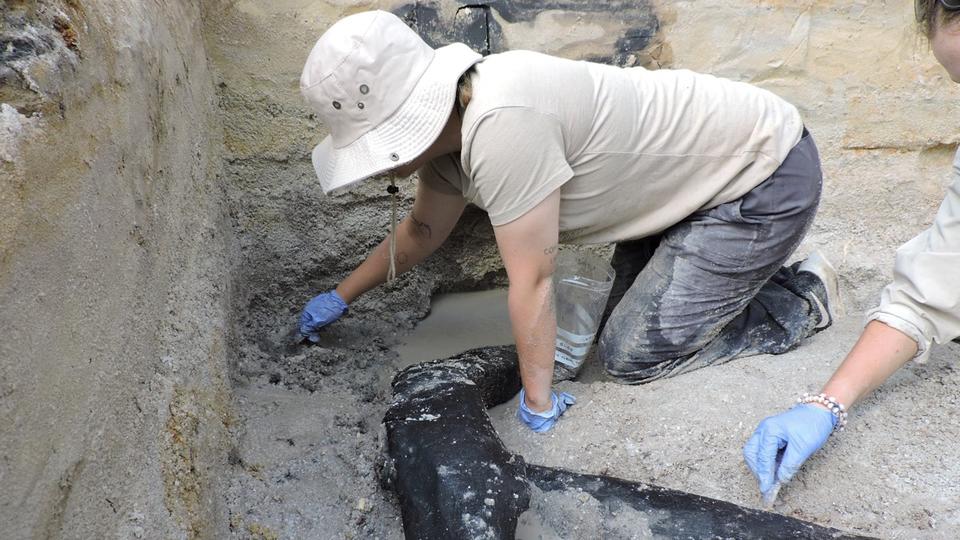
Africa: Archaeologists have discovered the oldest known wooden structure in the world, which is half a million years old
According to a study published this week, archaeologists have discovered the world’s oldest known wooden structure in Africa, and it is nearly half a million years old.
A discovery that reshuffles the papers of our knowledge of early humans. Archaeologists in Africa have discovered a well-preserved wooden skeleton dating back about 500,000 years and older than the first known Homo sapiens, according to a study published last Wednesday.
In fact, this complex structure was discovered at the prehistoric site of Kalambo Falls in what is now Zambia, and dates back to at least 476,000 years ago, before the supposed emergence of our species, Homo sapiens.
This construction consists of two interlocking pieces of wood, connected transversely by a notch deliberately made in order to build a structure, perhaps the foundation of a raised platform, a walkway or a habitat, depending on The study was published in Nature. A collection of wooden tools, including a digging stick, were also discovered at the site. This find is very rare because wood is difficult to preserve over time.
While the oldest wooden structure known to date is “only” 9,000 years old, Larry Parham, a professor at Britain’s University of Liverpool and first author of the study, did not expect to find such a treasure while excavating the prehistoric site of Kalambo, which is located in an area Kalambu. On the banks of the river of the same name, above the waterfalls 235 meters high.
Who built the temple?
Especially since the deposits are so old that they do not correspond to the time in which Homo sapiens lived, whose oldest fossils date back to about 300,000 years ago. However, the research was unable to determine which human race existed, but archaeologist Barham did not rule out the hypothesis of dealing with Homo heidelbergensis, an extinct species that lived approximately between 700,000 and 220,000 years BC.
Aside from the fossil skull of Homo heidelbergensis, which was discovered in Zambia in the 1920s, “there are no other known hominins in the area.” In any case, this discovery “changed his view” of our early ancestors. “They used their intelligence to transform their environment and make their lives easier, if only by creating a sitting platform at the edge of the river,” the archaeologist said.
“The fact that they were able to work with wood on a large scale presupposes cognitive abilities such as planning, visualizing the final product before visualizing it, and mentally moving objects in space,” notes Sophie Archambault de Beaune, professor of prehistory and professor at the University Jean Moulin Lyon 3. ., who did not participate in the work.
Moreover, according to the study’s authors, the structure was suitable for “sustainable occupation” due to the presence of a permanent water source and forest, which “casts doubt on the idea that these early men were nomadic.”

“Incurable web evangelist. Hipster-friendly gamer. Award-winning entrepreneur. Falls down a lot.”
